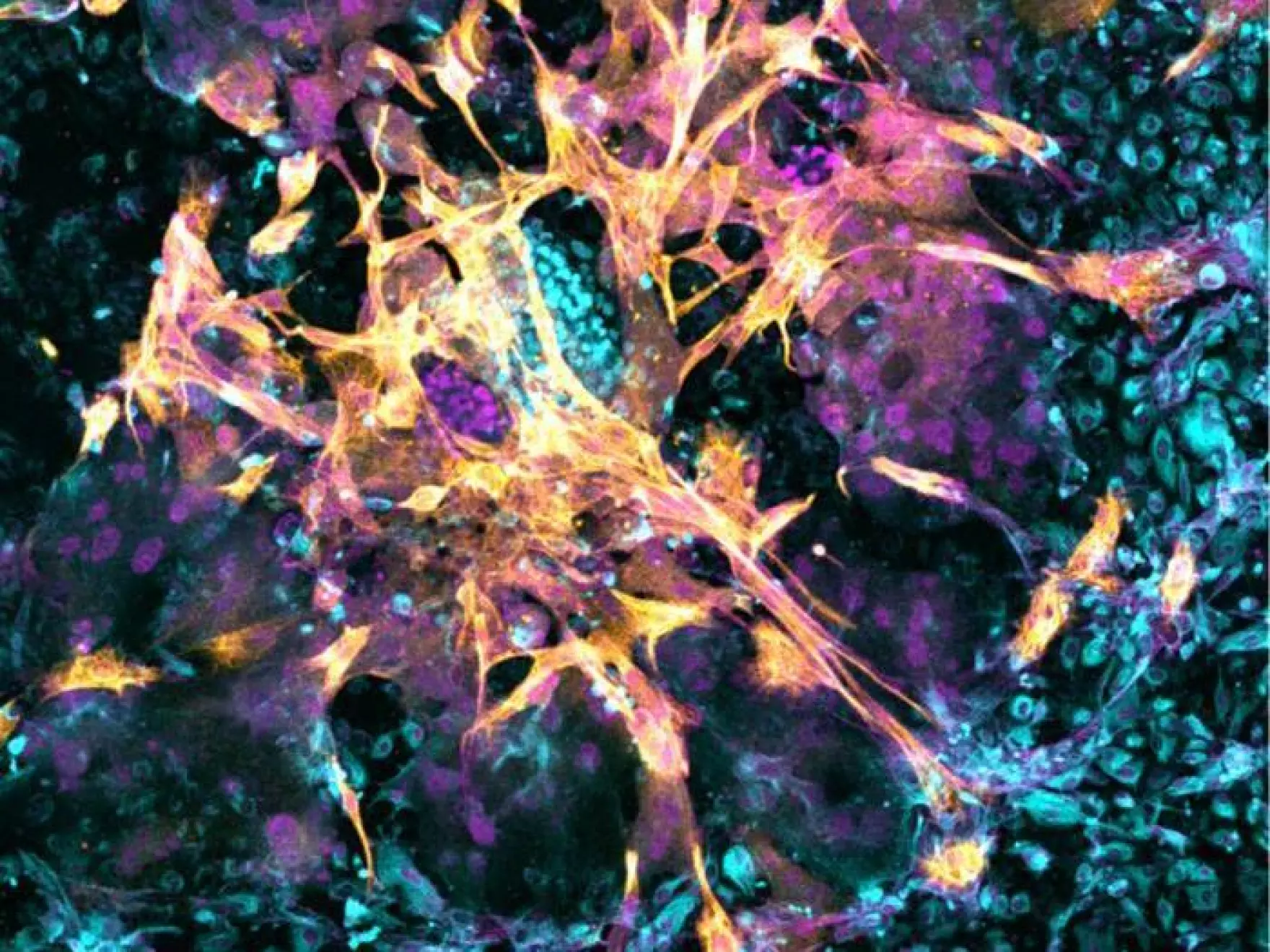How Microplastics Enter Everyday Meals
Microplastics have become a permanent part of modern kitchens. They enter food through packaging, cookware, and even the water we drink. These particles, often invisible to the human eye, are released from plastic utensils, cutting boards, and scratched non-stick pans. When heated, plastics tend to shed more particles. These particles then cling to food during cooking. Meat, fish, rice, and even fresh produce can carry microplastic traces due to farming practices, processing, and packaging. Research shows that rinsing foods like rice or washing fish before cooking can reduce—but not eliminate—these contaminants. Salt and sugar, staples in nearly every kitchen, have also been shown to contain microplastic residues. For broader context, studies compiled by the World Health Organization indicate that dietary exposure is a primary way humans ingest microplastics. This highlights the urgent need for both awareness and action.
Water and Packaging as Major Sources of Microplastics
Beyond food, water is another critical pathway for microplastic exposure. Bottled water often contains significantly more microplastics than tap water. This is largely due to the friction caused by twisting plastic caps on and off. Studies reveal that each twist can release hundreds of tiny particles into the liquid. Even so, tap water samples across multiple countries have shown similar contamination. This underlines the global nature of the issue.
Kitchen packaging is no less problematic. Opening a bag of rice, tearing plastic wrappers, or storing leftovers in plastic containers can release thousands of microplastic particles into food. Reusable plastics, such as melamine bowls, release higher amounts as they age. According to National Geographic, packaging remains one of the largest contributors to global plastic pollution.
The kitchen serves as one of the most direct entry points into the human diet. Choosing glass, stainless steel, or high-quality silicone alternatives can help reduce daily intake.
Reducing Microplastic Exposure Through Practical Changes
While eliminating plastic entirely from a modern kitchen may be unrealistic, there are practical steps that can significantly lower microplastic exposure. Using water filters, especially carbon-based models, reduces microplastic content in tap water. Replacing scratched cookware and avoiding disposable plastic utensils limits contamination during food preparation.
Choosing fresh and minimally processed foods also lowers exposure. Ultra-processed products often pass through multiple plastic-heavy industrial stages. Opting for paper tea bags or loose-leaf tea instead of plastic-sealed versions prevents billions of tiny particles from entering a single cup.
On a systemic level, reducing plastic consumption and supporting global recycling initiatives are essential. Organizations such as the World Wildlife Fund, the Environmental Protection Agency, and the United Nations Environment Programme stress that addressing plastic pollution requires both individual responsibility and policy change.
Consumers who adopt safer storage practices and reduce single-use plastics not only protect their health. They also contribute to a wider environmental solution.







